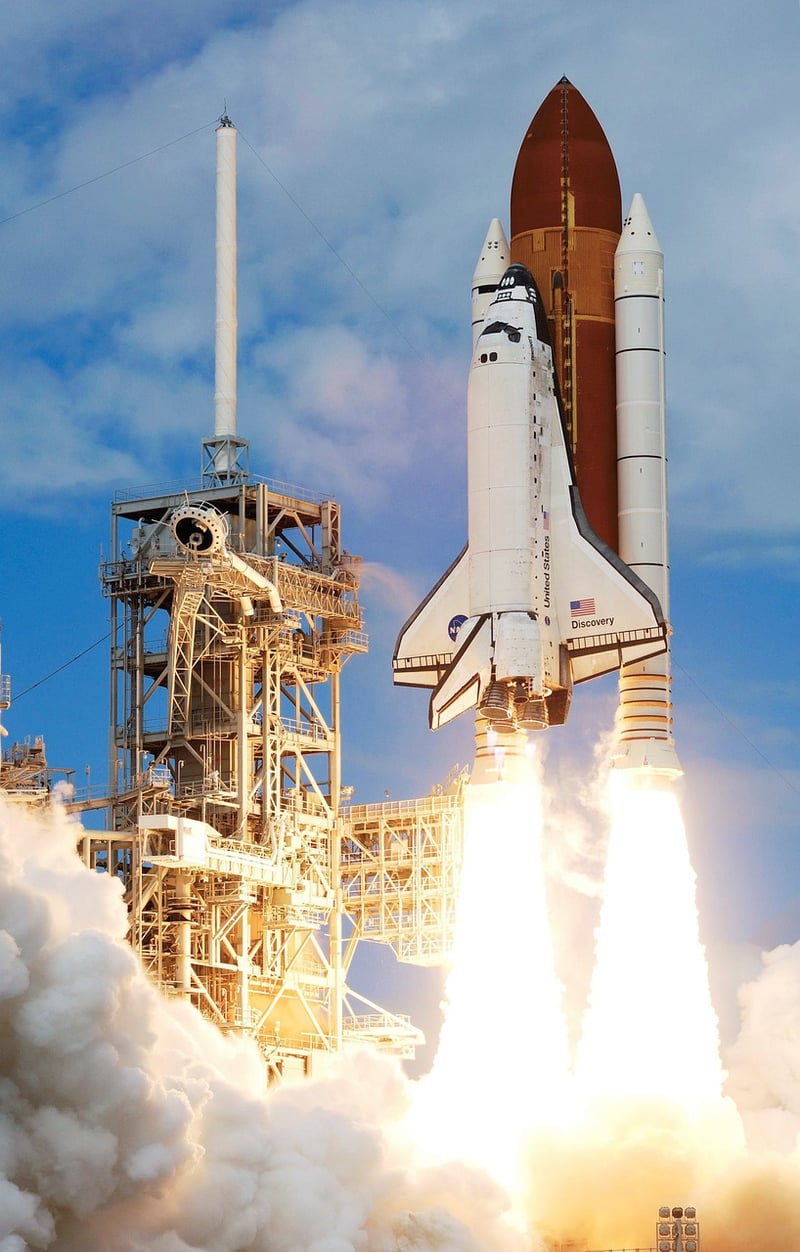Positioning Algorithms
Methods for Precise Interstellar Navigation
Interstellar navigation poses unique challenges due to vast distances and limited reference points. To navigate accurately in the vastness of space, advanced methods and positioning algorithms are essential. Let's explore some of the techniques used for precise interstellar navigation:
Celestial Navigation
Celestial navigation relies on the observation of celestial bodies such as stars, planets, and other astronomical objects to determine a spacecraft's position. By measuring the angles between these celestial objects and the spacecraft, precise calculations can be made to pinpoint the spacecraft's location in space.

Radio Navigation
Radio navigation involves the use of radio signals from known sources, such as pulsars or quasars, to determine a spacecraft's position. By measuring the time it takes for radio signals to travel from these sources to the spacecraft, accurate positioning can be achieved even in the depths of interstellar space.

Gravity Assists
Gravity assists utilize the gravitational pull of planets or other celestial bodies to alter a spacecraft's trajectory and speed. By carefully plotting a course that involves multiple gravity assists, spacecraft can navigate through space more efficiently and precisely.

Positioning Algorithms
Positioning algorithms play a crucial role in interpreting data collected from various navigation methods to determine a spacecraft's precise position in space. These algorithms process complex data sets and calculations to provide accurate coordinates and trajectory information for the spacecraft.
Types of Positioning Algorithms:
- Kalman Filter: A recursive algorithm that estimates the spacecraft's state based on noisy input data over time.
- Least Squares Estimation: A method for optimizing the spacecraft's position by minimizing the sum of the squares of the differences between observed and calculated values.
- Particle Filter: An algorithm that uses a set of particles to represent possible spacecraft positions and refines them based on incoming data.
By combining advanced navigation methods with sophisticated positioning algorithms, spacecraft can navigate the vast distances of interstellar space with precision and accuracy.
